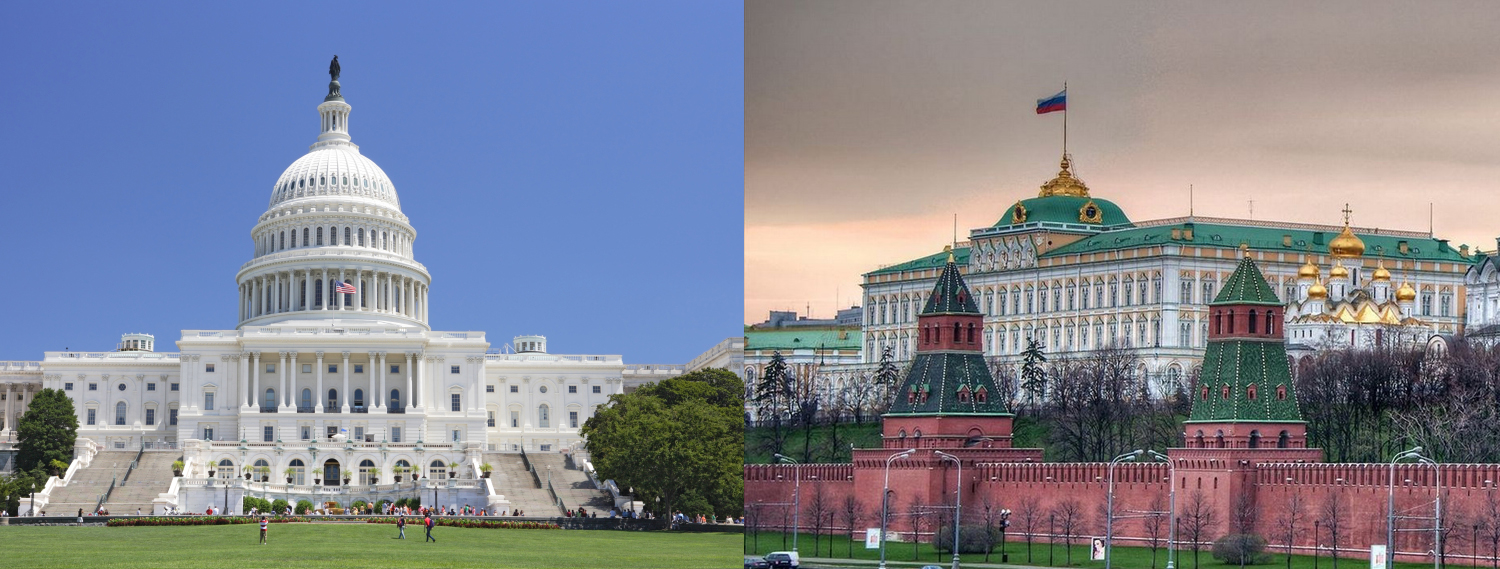
Zahid Rabbani
The US has already paid for above a thousand sanctions against Russian companies and individuals, with ever-increasing high inflation and climbing gasoline prices.
The consequences will be more serious, the US Treasury has ultimately realized. In response, if Russia stops supplying enriched uranium to US energy companies, the nuclear industry will be in big trouble. Some nuclear reactors will shut down affecting electricity for Americans.
Since nuclear power is more than 20 percent of generating capacity in some parts of America, electricity prices will jump even higher than today’s inflation.
The US cannot quickly establish its own production of uranium in the required quantity: the industry has long been in decline since for many years it was almost completely dependent on Russia. Uranium still needs enrichment that requires private companies to explore strategies to expand production and technology to replace Russian supplies.
Almost thirty years ago, Moscow and Washington signed an agreement to process Russian high-enriched weapons-grade uranium into low-enriched uranium for power plants. Russia exported about 15,000 tons of nuclear fuel to the US. This uranium was both cheap and of high quality, local utilities on whose balance sheet the nuclear power plants are located, appreciated it very much.
American power plants are private enterprises, the state, in fact, buys electricity from them. Nuclear fuel, which was produced in the US, is inferior to Russian in all respects. Therefore, the country abandoned its own uranium enrichment capacities.
In 2010, the United States produced about two thousand tons of uranium oxide, in 2020 only 90 tons. Today, almost the only uranium enrichment enterprise is the Urenco USA plant in New Mexico.
The conflict in Ukraine has exposed the dependence of US nuclear energy on Russia and created new problems for the industry, writes the New York Times. A number of EU countries are also 100% dependent on Russian supplies.
Six countries are producing eighty-five percent of the world’s uranium i.e. Russia, Kazakhstan, Canada, Australia, Namibia, and Niger. However, it is not just about the fuel: many reactors in the US and the EU are Russian-made. Therefore, the West runs the risk of losing components.
In 2021, 439 nuclear reactors were operating in the world, 38 of them in Russia, 42 were built and another 15 were being built using Russian technologies. In 2020, Moscow owned 40 percent of the world’s uranium conversion infrastructure and 46 percent of its enrichment capacity.
The US tried to limit purchases to 20 percent of the total requirement under an agreement signed with Minatom in 1992, And after the amendment to the agreement in 2020, it planned to reduce imports to 15 percent by 2028.
However, America received about 16 percent of the uranium from Russia in 2020, and another 30 percent from Russian allies Kazakhstan and Uzbekistan. At the same time, the agreement itself, with amendments already in force, made it possible to purchase 24 percent of nuclear fuel from Moscow next year.
In March, President Biden banned the import of oil, coal, and gas from Russia. However, uranium was not on the list. Lawmakers urge to continue, as reducing dependence on imported uranium and investing in next-generation nuclear power plants is not so simple.
Back in 2020, the US Department of Energy announced plans to invest up to $3.2 billion in advanced next-generation reactor projects that run on a more enriched version of uranium.
However, local suppliers are in no hurry to finance the production of such fuel: the completion of the construction of advanced nuclear power plants is still too far away. In addition, this will require huge costs. Washington had better find a way out of conflict with Moscow.
 Pride News Daily NEWS
Pride News Daily NEWS





